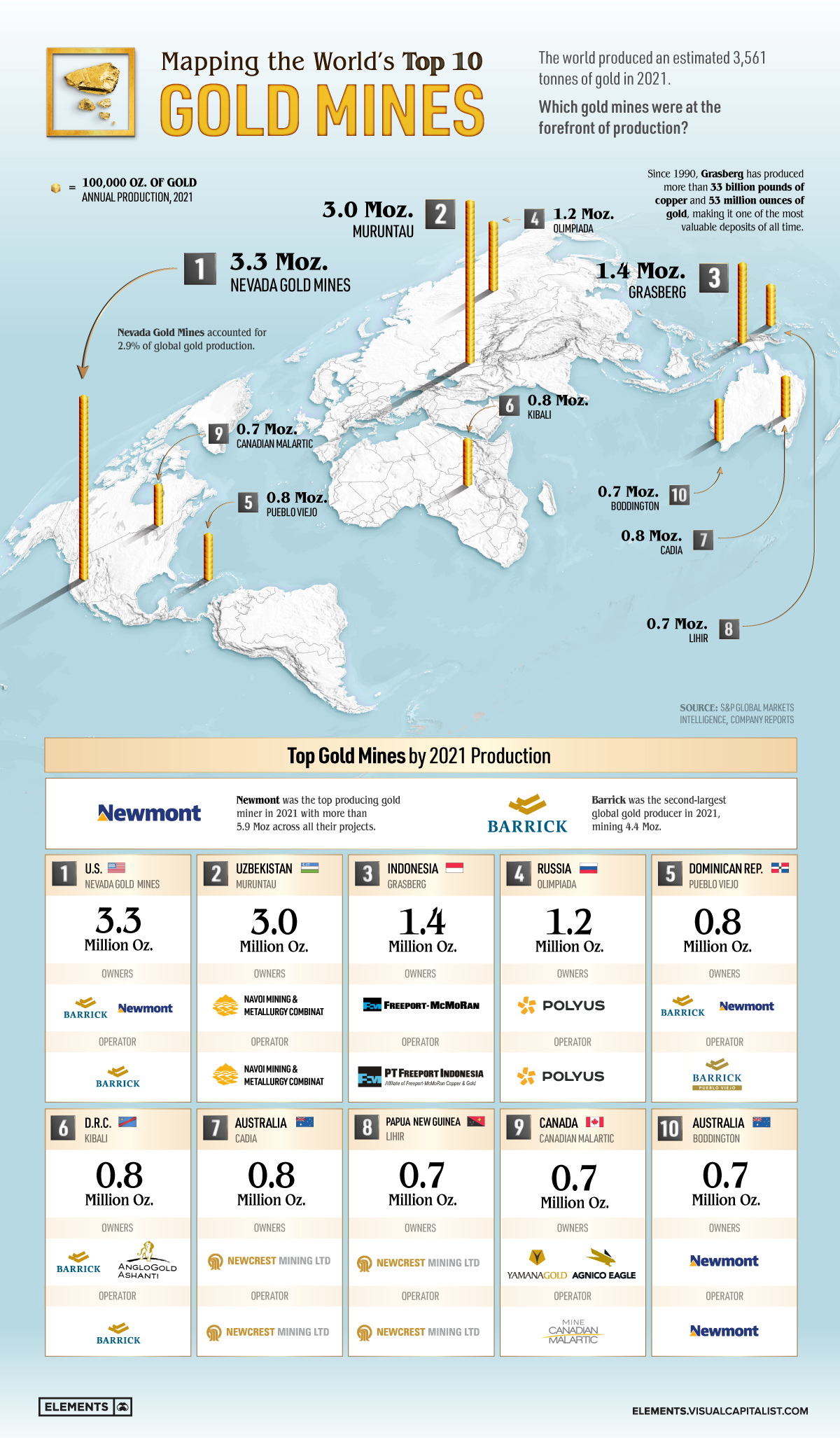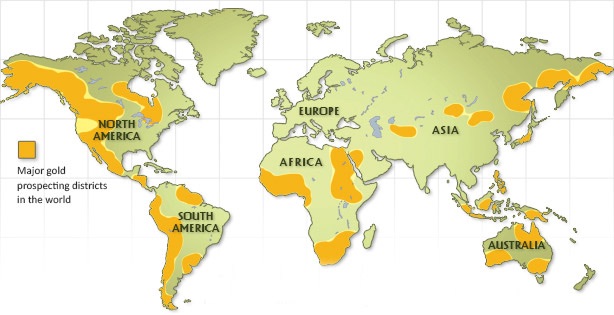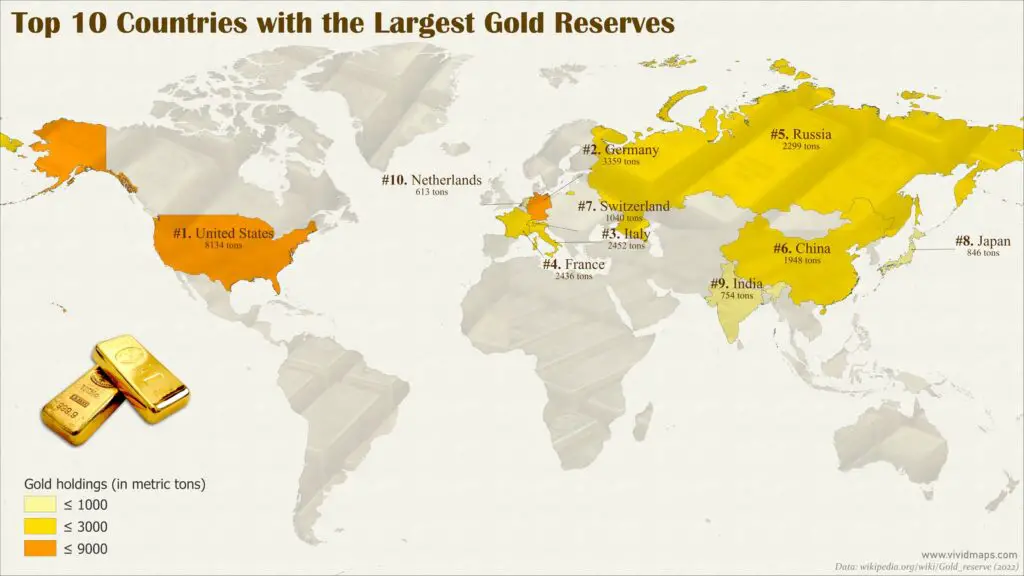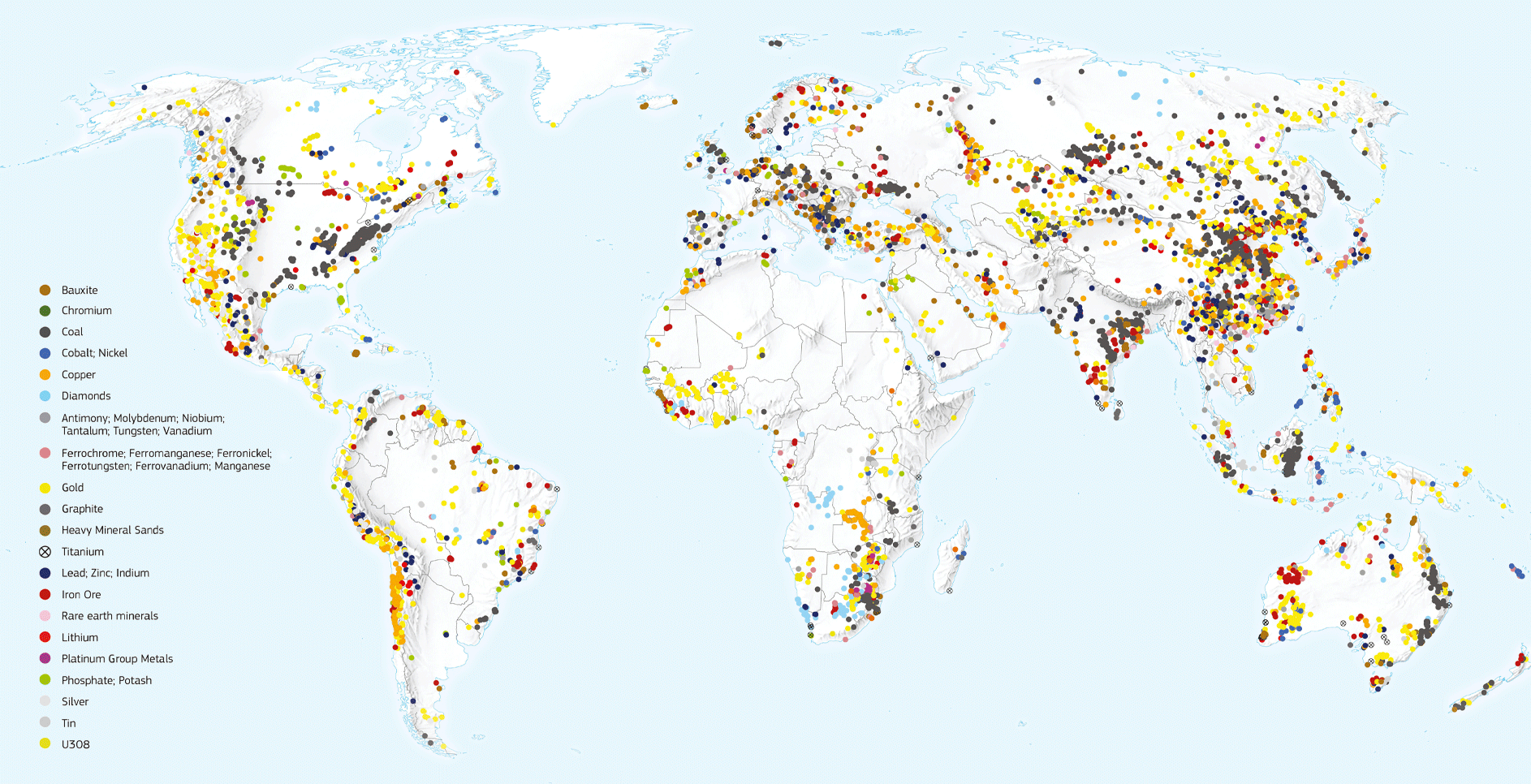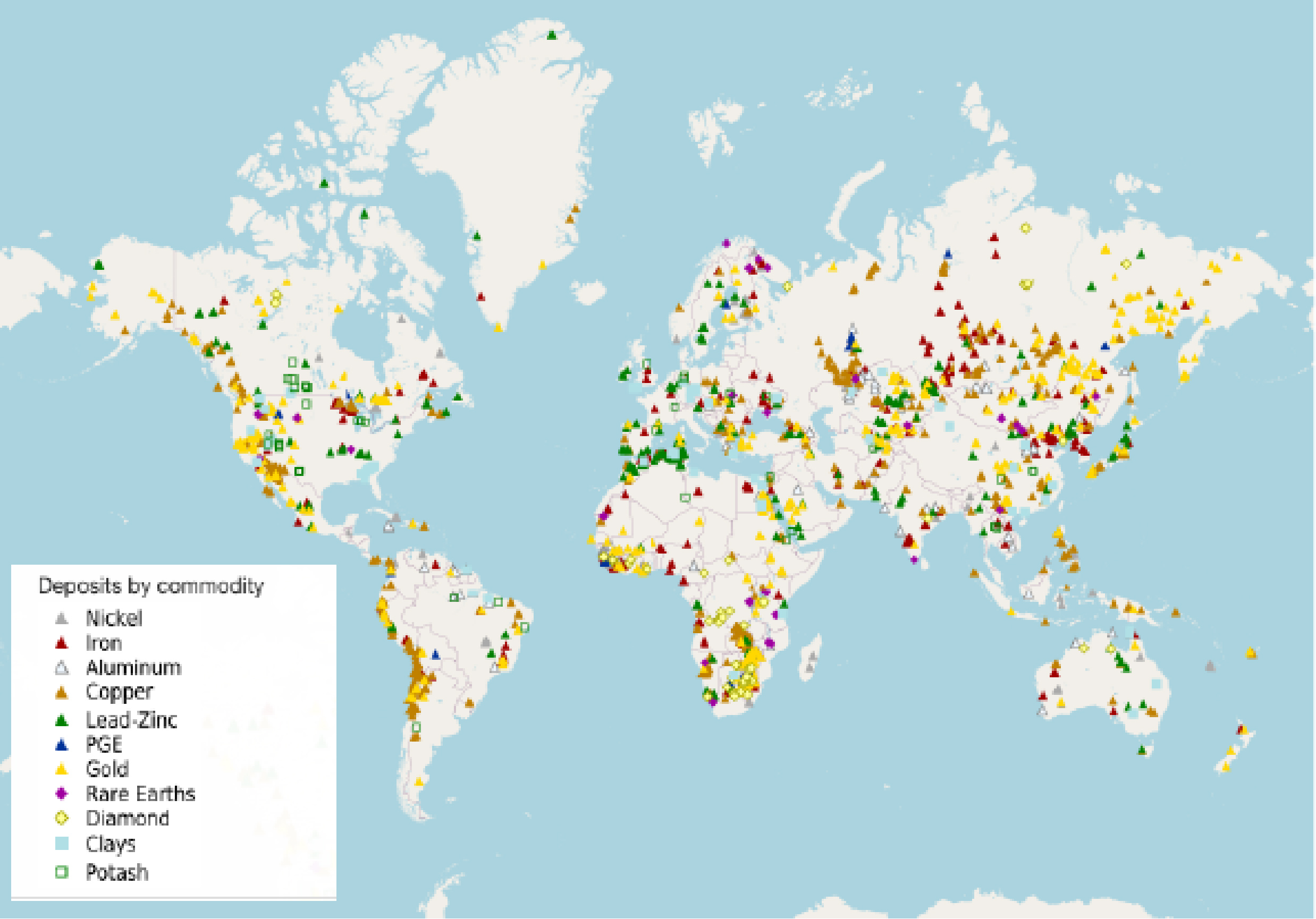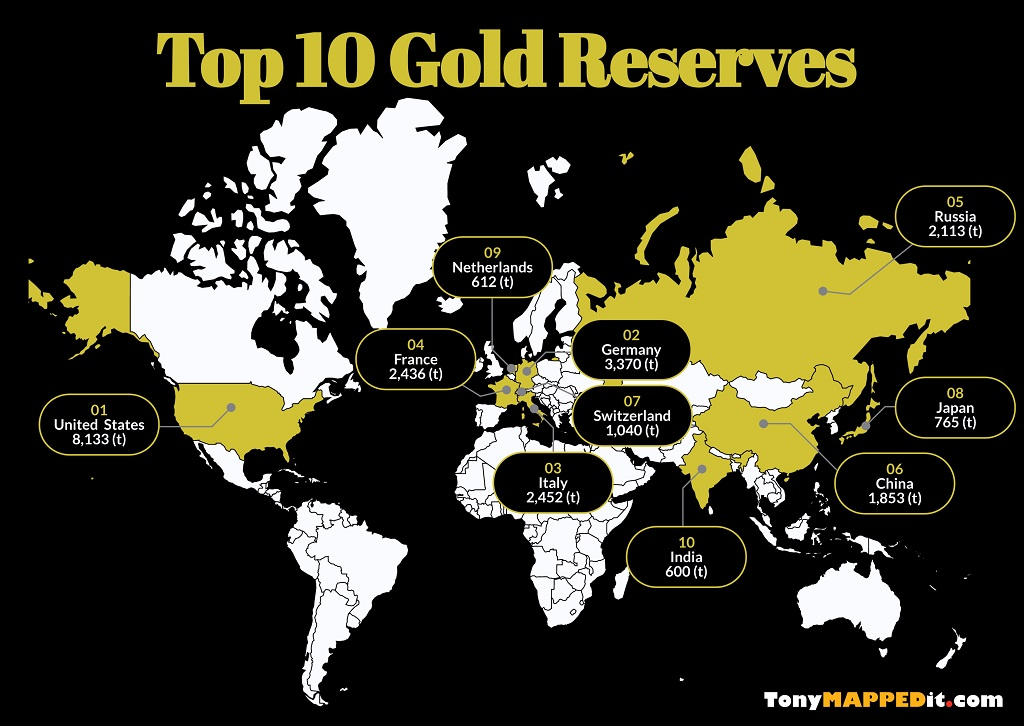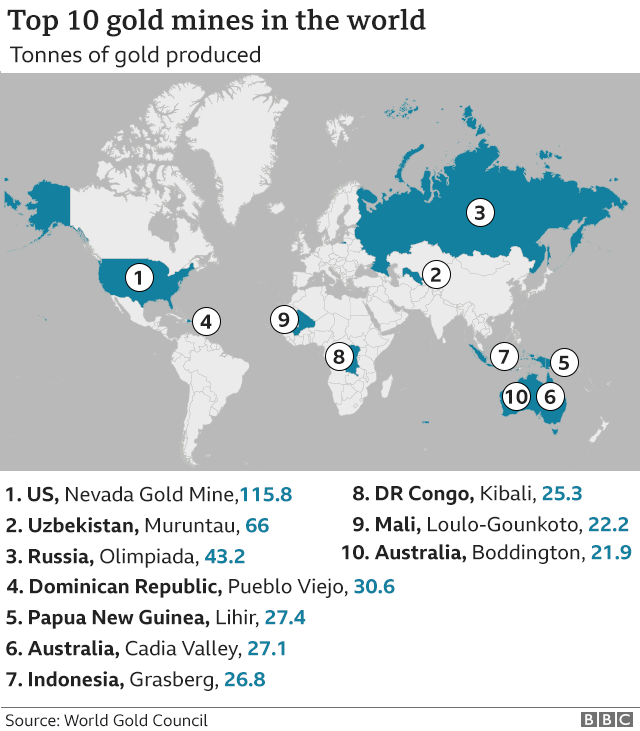Map Of Gold Deposits In The World
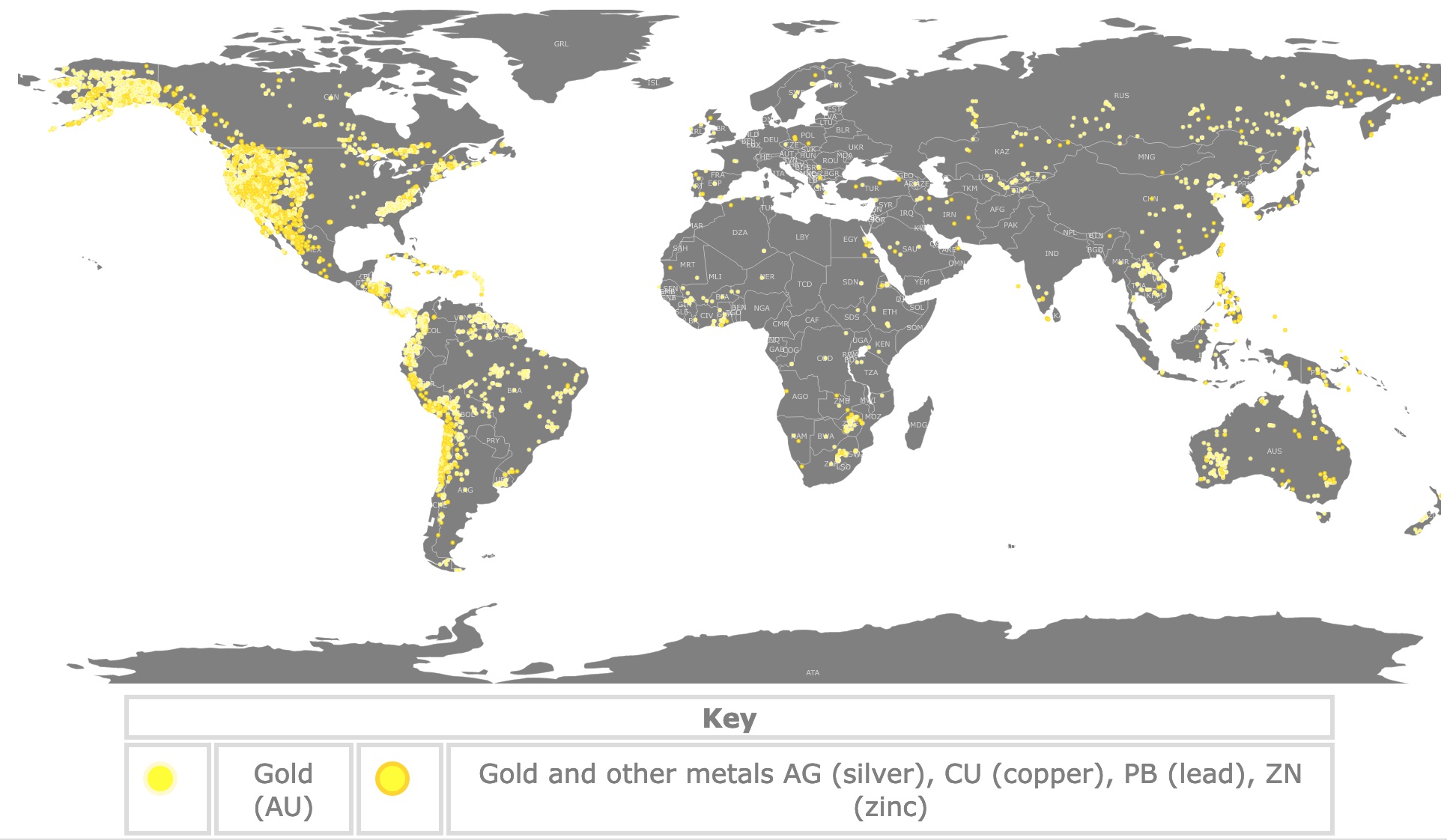
The world's fascination with gold continues unabated, fueled by its economic value and cultural significance. Recently, renewed interest has emerged surrounding the geographical distribution of gold deposits across the globe, sparking debate and investigation into current mining practices and the potential for future discoveries.
This interest stems from a confluence of factors, including fluctuating global markets, advancements in geological surveying technologies, and increased demand for gold in various industries. A closer look at the current "map" of gold deposits reveals a complex picture of resource distribution, highlighting both opportunities and challenges for nations and stakeholders involved in the global gold trade.
Global Distribution of Gold Deposits
Gold deposits are not uniformly distributed, but are concentrated in specific geological formations around the world. South Africa, historically the world's leading gold producer, still holds significant reserves, particularly in the Witwatersrand Basin. This region has been a major source of gold for over a century, though production has declined in recent years.
Other major gold-producing countries include Australia, known for its large open-pit mines in Western Australia. Russia, with vast deposits in Siberia and the Far East, is also a significant player in the global gold market.
The United States, particularly Nevada and Alaska, possesses considerable gold resources. Canada, with deposits in Ontario and Quebec, is an increasingly important gold producer as well.
Emerging gold-producing regions include parts of South America, notably Peru and Brazil. Some African countries like Ghana, Tanzania, and Mali are also experiencing growth in gold mining activity.
Factors Influencing Gold Distribution
The formation of gold deposits is closely linked to geological processes such as volcanism, hydrothermal activity, and plate tectonics. These processes can concentrate gold in specific areas, creating commercially viable deposits.
Different types of gold deposits exist, including alluvial deposits found in riverbeds and hard-rock deposits found in veins and ore bodies. Each type requires different mining techniques and has varying economic viability.
Exploration technologies play a crucial role in identifying and mapping gold deposits. Remote sensing, geochemical analysis, and geophysical surveys are used to assess the potential of different areas.
Impact on Economies and Communities
Gold mining can have a significant impact on the economies of gold-producing regions. It generates employment, stimulates local businesses, and contributes to national revenue through taxes and royalties.
However, gold mining can also have negative consequences. Environmental concerns include deforestation, soil erosion, and water pollution from mining activities and the use of chemicals like cyanide.
Social issues related to gold mining include land rights disputes, labor exploitation, and the displacement of communities. These challenges highlight the importance of responsible mining practices and community engagement.
Future Trends and Challenges
The demand for gold is expected to remain strong in the coming years, driven by its use in jewelry, electronics, and as a safe-haven investment. This demand will continue to drive exploration and mining activity.
However, the discovery of new large gold deposits is becoming increasingly challenging. Many of the easily accessible deposits have already been exploited, requiring miners to explore deeper and in more remote locations.
Technological advancements, such as improved mining techniques and more efficient processing methods, will be crucial for sustaining gold production in the future.
Sustainable mining practices are also becoming increasingly important. Companies are under growing pressure to minimize their environmental impact and ensure fair labor practices.
The Human Element
Beyond the economic and geological aspects, the story of gold is also a human story. The pursuit of gold has driven exploration, sparked conflicts, and shaped the destinies of individuals and communities.
From the prospectors of the Klondike Gold Rush to the miners working in modern-day mines, the allure of gold continues to captivate people around the world. Their stories reflect both the opportunities and the risks associated with this precious metal.
The ongoing debate about responsible sourcing and ethical mining practices further emphasizes the human dimension of the gold industry. Consumers are increasingly demanding transparency and accountability in the supply chain.
Conclusion
The "map" of gold deposits is constantly evolving as new discoveries are made and existing mines are depleted. Understanding the distribution of gold resources, the factors that influence their formation, and the impact of mining on economies and communities is essential for responsible resource management.
As technology advances and societal expectations evolve, the future of gold mining will depend on the ability to balance economic benefits with environmental sustainability and social responsibility. This requires collaboration between governments, industry, and communities to ensure that the pursuit of gold benefits all stakeholders.
The global distribution of gold will continue to play a significant role in the world economy and geopolitics for years to come. Therefore, staying informed about the latest developments in gold exploration, mining, and responsible sourcing is crucial for understanding the dynamics of this complex and fascinating industry.

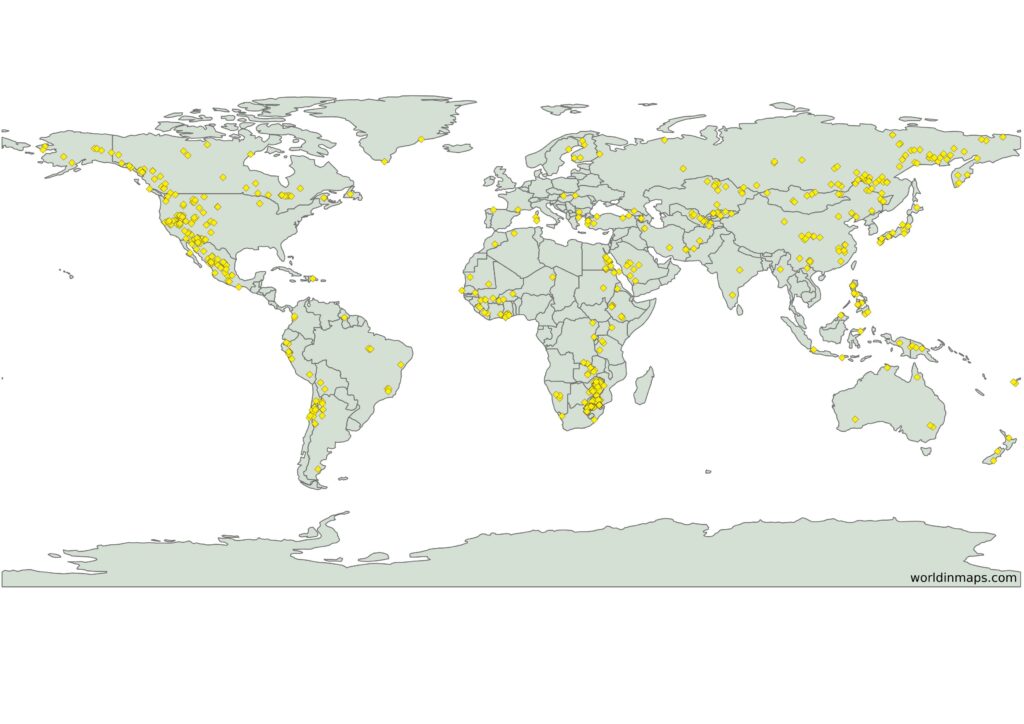

![Map Of Gold Deposits In The World The World’s Top Gold Mines [Infographic]](https://specials-images.forbesimg.com/imageserve/5f72edce3895775706144241/960x0.jpg?fit=scale)
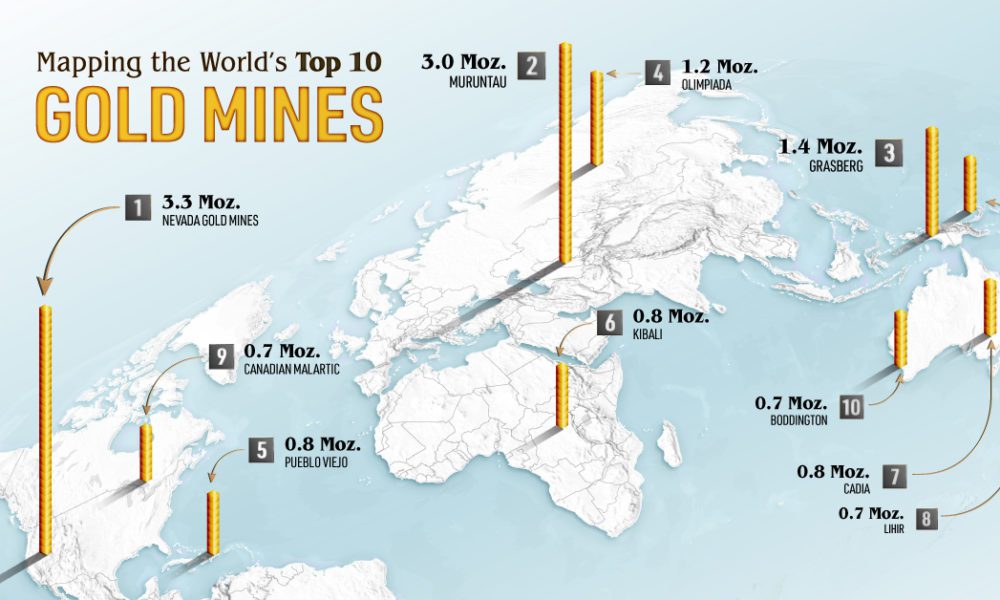
![Map Of Gold Deposits In The World The World’s Top Gold Mines [Infographic]](https://imageio.forbes.com/specials-images/imageserve/5f72edce3895775706144241/0x0.jpg?format=jpg&crop=1200,675,x0,y48,safe&width=1200)

